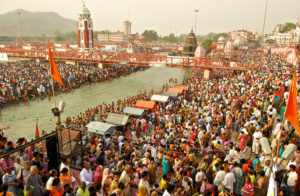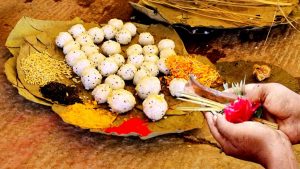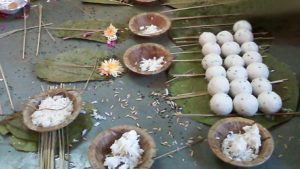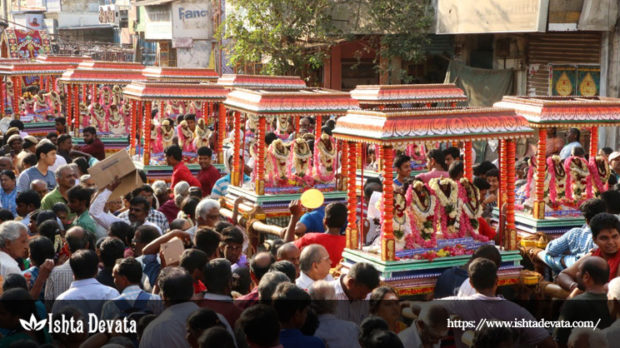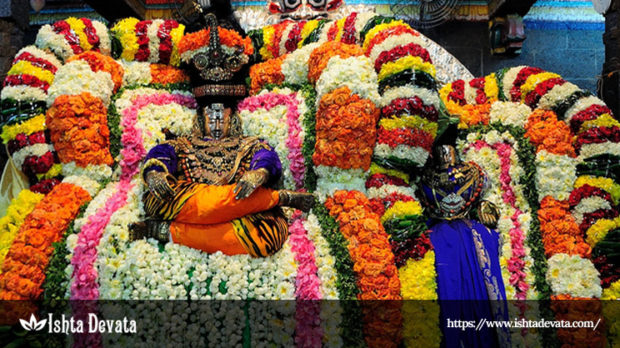Mylapore Kapaleeswarar Temple – Aurbathimoovar Festival (09-Apr-2017)
Mylapore Kapaleeswarar Temple – Aurbathimoovar Festival (09-Apr-2017)
Mylapore is located in Chennai. It is a popular tourist destination. The name Mylapore is derived from the Tamil word, Mayil which means a peacock. It is belief that to marry Lord Shiva, Goddess Parvati did penance in the form of a peacock. The Kapaleeshwarar Temple is one of the most important landmarks of Mylapore. The temple is popular for the idols of 63 Nayanmars or Shaivaite saints established in the courtyard. The idols are made of bronze and the famous Aurbathimoovar Festival is the celebrated in honor of the 63 Nayanmars.
Aurbathimoovar Festival Description
The Aurbathimoovar or the Festival of the 63 Saints occurs in the Tamil month of Panguni and when the Moon transits the “asterism” or “star” or “nakshatram” (the Tamil word for star) called Uthiram during the Tamil month of Panguni i.e. March – April. This is also known as the Meena – Uttara Phalguni in Sanskrit.
The Nayanmars were saints who dedicated their lives in the worship of God Shiva as well as composing and singing hymns in praise of Shiva. This festival marks the celebration of these saints who are taken out in procession in chariots and it is their way of showing respect to the presiding gods of the Kapaleeshwara Temple in Mylapore, Chennai.
Rituals during the Festivals
The Arubathumoovar festival begins with a puja to the village goddess and hoisting of a flag, it is a reminder that the city has not forgotten its roots of being a collection of villages, being part of a precolonial agrarian order, and being a society of small communities within the larger urban structure. It is an enactment of its stalapuranam (site history), the assertion of the temple’s relationship with the village gods, and a recognition of its social network of devotees and patrons spread across the villages surrounding Chennai.
Every year, the streets of Mylapore transform to let the age-old traditions of temple festivals take over the neighbourhood. The pavements are filled with shops that sell earthenware, plastic toys, fruits, vegetables, and trinkets of all kinds. Kurava gypsy women dot the streets with their wares. Suddenly , the four streets surrounding the Mylapore tank gain prominence as a sea of humanity, about 10 lakh people, to celebrate the 63 nayanmar or saints, known as the foremost devotees of Shiva.
The festivities date to the 12th century, when the Saiva Agamas celebrated Chandikeswarar, the first of the 63 nayanmars. The devotee of Shiva who finds a place of sculptural honour in the inner prakara of the Shiva temples. In fact, Richard Davis translation of 12th century Agama text, ‘Mahotsavavidhi’ authored by Aghorasivacharya mentions only Chandikeswarar in the festivals of Shiva temples.
Therefore the inclusion of all the 63 nayanmars have started after the compilation of the histories of nayanmars by Sundaramurthy in ‘Thiruthondathokai’, Nambiyandar Nambi’s ‘Thiruthondar Thiruvanthathi’ and Chekkilar’s ‘Periyapuranam’. The compilations of the life histories of the devotees at the height of the Bhakti movement not only started the festival but also brought in different caste groups and geographies into Saivism.
The practice continues till today and is unique as it celebrates a god who manifests in the actions of devotees.
True to traditions, on the morning of the nayanmar procession, myths are enacted, full thevarams are sung and passages from the Periyapuranam are recited.
The main myth of the festival relates to Thirugnanasampanthar giving life to Angampoompavai (who was reduced to ashes and bones after death by snake bite), it is enacted on the banks of the temple tank. In the pictures queue procession, Chan dikeswarar, Appar, Sundarar, Sampanthar, and Manickavasagar are given separate palanquins. Eighteen other palanquins accommodate the other nayanmars. In the afternoon Kapaleeshwarar grants them his darshan. The evening witnesses as a group of gods from other temples just like the devotees who gather from all over the neighbouring villages. Mundagakanni Amman, Kolavizhi Amman, Vasuki with Thiruvalluvar, and Draupadi Amman join the procession in their palanquins with Lord Murugan from Chintadripet. The sight is a telling visual of the rural folk culture asserting itself over the metropolitan appearance of Chennai.
Readers can also share pics, info and videos of the festival.
-KrishnaKumari
Reach us to be a part of our whatsapp spiritual reminder group
